In a previous post, I provided an overview based on my experience working with a local wetland consultant when it came to wetland. Recently, when clarifying some county regulations directly with the Army Corps of Engineers, I was able to get some additional generalized data that may help provide a simplified overview of wetlands; when a delineation is required, and restrictions to consider. The long version of this article is probably better for those looking for an understanding as to what wetland is and how it is identified. The purpose of this article is to provide a guideline for those looking to understand regulations. As always, this information is subject to change, particularly with the changing landscape at the local government level. In addition, this is my own interpretation of my discussion with the Army Corps office, an obviously there are likely some third party communication statements in here. In short, verifying information across all fronts is always advised.
As mentioned in my prior article, wetland is generally identified by soil composition, vegetation, and the presence of water. In the absence of indicative vegetation or soils, a basic guideline is the presence (or lack thereof) wetland can be indicated by water within 18 in of the surface for at least two consecutive weeks out of the growing season. According to the Army Corps representative I spoke to, the growing season can depend on the year, but usually runs from April through mid-July.
Currently, Teton County’s position with respect to wetland is that one can obtain a building permit without specific wetland research such as a wetland delineation if they are at least 100 ft from the current hydrography boundary as provided by the county. Keep in mind that this boundary does not necessarily indicate wetland, but rather the county’s interpretation of wetland based on the data they are using.
If one desires to build closer than 100 ft estimated boundary, this is usually when the Army Corps takes a role. Historically the Army Corps has provided consultation as to whether or not a delineation (a study to determine the actual boundary of wetlands), however, both the county and the Army Corps has begun to move towards requiring delineations as opposed to providing findings based only on consultation.
Once a delineation is completed, and a boundary of wetland has been defined, Teton County shifts their 100 ft required buffer from the estimated boundary to 50 ft from the actual boundary of wetland. Whether or not this remains the regulation for years to come at the county level is yet to be determined, but for all intents and purposes, this is the current guideline.
Not all properties will have a wetland boundary and in other words, may be entirely consisting of wetland. Alternatively, an area of upland may be entirely surrounded by wetland. In these events, the Army Corp’s position would likely prefer crossing wetland to reach the area of upland. In the event of no upland, a general rule is that up to 1/10 of an acre may be set aside without mitigation.
In the event that 1/10 of an acre on any given property entirely identified as wetland is not conducive for a project, mitigation can often be required. This usually consists of designing a project to replace the wetland implicated by the project. This might occur on the subject property, or on another property.
For those interested in purchasing properties with indicated wetlands, providing ample time to gather appropriate information can be important, as well as making sure to set aside the time needed to perform the research including the possible delineation work prior to commencing with any project. Special circumstances may apply. As an example, a property impacted by flood irrigation that may not otherwise be considered wetland could take one, or even 2 years to dry the property to its natural state and prove that it is not in fact upland but rather indicators of wetland were present as a result of irrigation water, as opposed to wetland habitat. These specific timelines including research during a growing season or a multi-season review can make negotiating on real estate challenging. It is often unrealistic to ask for inspection timeframes with ample time to complete these studies. As a result, many consumers need to take a calculated risk approach based on the information available.
